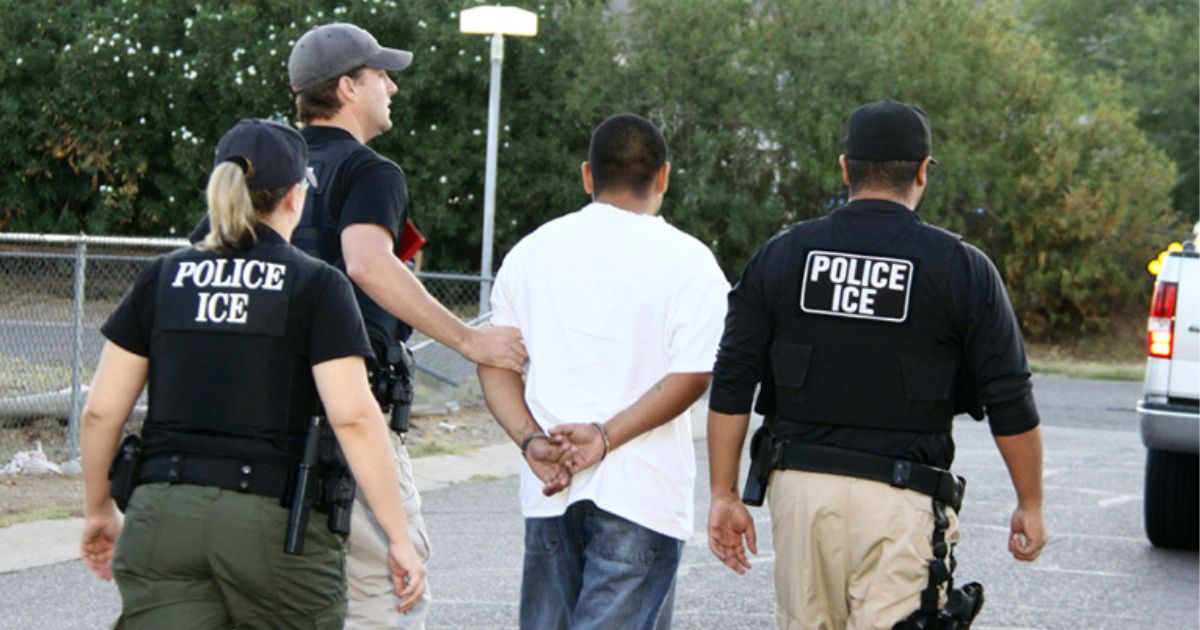Donald Trump’s favorite pressure play, browbeating institutions until they bend, is fizzling against big city mayors. According to reporting from the Washington Post, most Democratic-led jurisdictions are refusing to loosen their sanctuary rules or lend a hand as ICE escalates raids, even as the White House dangles lawsuits, funding threats, and federal muscle. Out of fourteen targeted jurisdictions, only two, Louisville and the state of Nevada, have ceded ground, a data point that undercuts the president’s talk-tough, watch-them-fold script.
Mayors and city attorneys are hauling the administration into court, arguing the federal government cannot conscript local police into civil immigration work, and they are codifying limits on cooperation that make it harder for masked agents to commandeer city resources. Chicago’s Brandon Johnson signed an executive order blocking ICE from using city property without authorization, then joined Illinois officials in a lawsuit to stop the administration from parachuting troops into the city under the guise of public safety. A federal judge has already swatted down a deployment to Portland, a ruling that signaled courts are not buying the most aggressive tactics.
Homeland Security Secretary Kristi Noem has tried to flip the script, labeling blue cities lawless and claiming public support for a harder line, but her high-profile visits and tough talk have not cracked the standoff. The department’s spring effort to name and shame “sanctuary” jurisdictions put leaders on notice, then quickly ran into local pushback and embarrassing walk-backs, including questions about a public list that briefly vanished from government sites. In the meantime, agents expanded operations around Chicago, prompting street protests, arrests outside an ICE facility, and intensifying scrutiny of what critics say are heavy-handed tactics.
For Trump, the showdown has merged two favorite stages: the immigration fight and the federal force flex. National Guard deployments to blue cities have drawn rebukes from governors and mayors, who warn the moves are political theater with real-world risks, from fraying civil-military norms to inflaming already tense neighborhoods. Even where some cooperation exists, like Washington, D.C., the arrangements are narrow and contested, underscoring how far the administration must reach to claim momentum.
On the ground, the backlash is reshaping policy. City halls are updating playbooks to keep federal agents at arm’s length, limiting access to facilities, tightening rules on information sharing, and instructing police not to act as ICE auxiliaries. Advocates have documented agents patrolling with local officers and complaints about masked teams that do not identify themselves, fueling calls for body cameras and public logs of operations. The administration, for its part, insists enforcement will continue during the shutdown and has even launched an ad blitz to recruit local officers into ICE’s mass deportation push, a sign that voluntary buy-in remains elusive.
Trump’s threats once rattled law firms and media conglomerates, but big city mayors answer to voters who see immigration as a community issue, not a talking point. Court rulings are stacking up, local laws are hardening, and the number that matters most to the White House is hiding in plain sight: almost every jurisdiction on its hit list is still not budging. For all the bluster, the president’s ICE campaign is running headlong into a coalition of city attorneys, council votes, and courthouse orders that refuse to scare easily.









